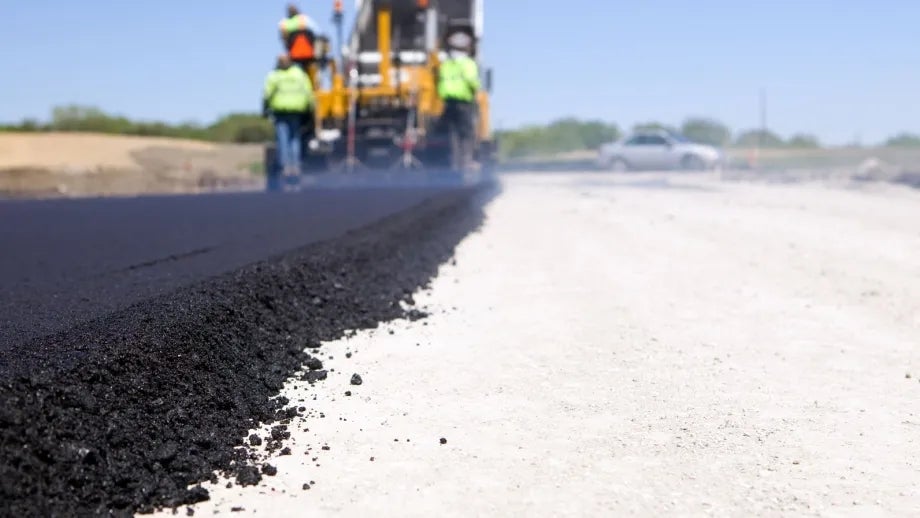Bay Area Pavement Quality Improves Slightly as Local Governments Await New Gas Tax Dollars
Bay Area cities and counties largely managed to prevent further deterioration of their local street and road networks in 2016. Data released today by the Metropolitan Transportation Commission (MTC) show the region’s 43,000 lane-miles of local streets and roads registered an average pavement condition index (PCI) score of 67 out of maximum possible 100 points last year, as calculated on a three-year moving average basis. This marks a one-point improvement from the regional average of 66 points recorded each year from 2009 through 2015.
“MTC’s goal is to boost the average PCI score on local streets and roads to 75 points or higher,” explained MTC Chair Jake Mackenzie, who also serves as mayor of Rohnert Park. “So it’s good to see the needle move in the right direction. But the typical Bay Area street is still pretty worn and likely to soon need some serious work. What’s really encouraging is that cities and counties will receive half the new money from the gas tax increase and other elements of the Senate Bill 1 transportation package signed into law earlier this year; and that these funds will begin arriving this November. Rohnert Park and other local governments are counting on SB 1 to move that needle faster and farther.”
PCI scores of 90 or higher are considered “excellent.” These are newly built or resurfaced streets that show little or no distress. Pavement with a PCI score in the 80 to 89 range is considered “very good,” and shows only slight or moderate distress, requiring primarily preventive maintenance. The “good” category ranges from 70 to 79, while streets with PCI scores in the “fair” (60-69) range are becoming worn to the point where rehabilitation may be needed to prevent rapid deterioration. Because major repairs cost five to 10 times more than routine maintenance, these streets are at an especially critical stage. Roadways with PCI scores of 50 to 59 are deemed “at-risk,” while those with PCI scores of 25 to 49 are considered “poor.” These roads require major rehabilitation or reconstruction. Pavement with a PCI score below 25 is considered “failed.” Among the region’s three largest cities, San Jose (62) and San Francisco (68) both recorded three-year scores in the “fair” range, while Oakland (56) ranked in the “at-risk” category.
The Alameda County city of Dublin once again topped the list of Bay Area pavement rankings for the 2014-16 period, reporting an average PCI score of 85. Other cities with three-year PCI scores in the “very good” range include Brentwood, Colma and El Cerrito (84); Clayton (83); Foster City and Union City (82); Palo Alto (81); and San Ramon and unincorporated Solano County (80).
The lowest-ranked pavement in the Bay Area was found in the Marin County city of Larkspur, which recorded a PCI score of 41 for 2014-16. Other jurisdictions with three-year average PCI scores in the “poor” range include Petaluma (46), Martinez (48) and unincorporated Sonoma County (49).
MTC later this year will recognize Dublin for having best overall pavement management strategy of any jurisdiction in the Bay Area, and the San Mateo County city of East Palo Alto for showing the biggest increase in its average PCI score. East Palo Alto last year raised its one-year score by 15 points to 72 from just 57 in 2015.
The complete 2016 Bay Area Pavement Conditions Summary — including percentages of local roadways in “excellent” or “very good” and “poor” or “failed” condition, and a listing of average PCI scores for the arterials, collector roadways and residential streets — in all Bay Area counties and cities is available here.
MTC’s Vital Signs website www.vitalsigns.mtc.ca.gov/street-pavement-condition provides even more detailed information on pavement conditions in each of the Bay Area’s nine counties and 101 cities, including both block-by-block analysis and a record of every municipality’s average PCI score for each year from 2003 through 2016. Those interested in a deeper look at the challenges facing the region’s local street and road network are invited to visit the MTC website at www.mtc.ca.gov/whats-happening/news/street-fight-overview and click on the link for a 2014 multimedia piece entitled “Street Fight: The Ongoing Battle for Better Bay Area Pavement.”
MTC is the transportation planning, financing and coordinating agency for the nine-county San Francisco Bay Area.

